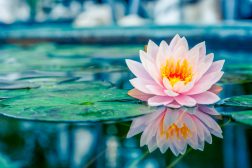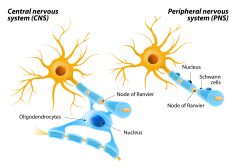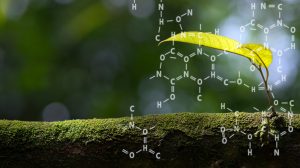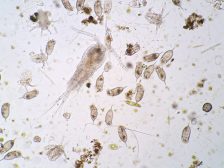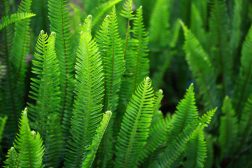Definition
noun, plural: Old World monkeys
Any of the primates that belong to the family Cercopithecidae of the suborder Haplorhini
Supplement
The Old World monkeys pertain to a group of primates belonging to the family Cercopithecidae. They are found mainly in Africa, Arabian peninsula, and Asia. They include macaques, baboons, mandrills, talapoins, colobus monkeys, guenons, langurs, mangabeys, patas, and talapoins. They belong to the parvorder Catarrhini and therefore are characterized by having a narrow nose with nostrils close together. They have flat fingernails and toenails, eight instead of 12 premolars, and lacking prehensile tails. They differ from the apes in a way that most of them have tails. Nevertheless, their tails are not prehensile, which makes them different from the New World monkeys.
The Old World monkeys are medium to large-sized primates. Some of them are arboreal (e.g. colobus monkeys) whereas others are terrestrial (e.g. baboons). Their diet varies from plant materials such as leaves, fruits, roots, bulbs, rhizomes, and flowers to insects, snails, and small vertebrates.
Scientific classification:
- Kingdom: Animalia
- Phylum: Chordata
- Class: Mammalia
- Order: Primates
- Suborder: Haplorhini
- Superfamily: Cercopithecoidea
- Family: Cercopithecidae Gray, 1821
See also:

